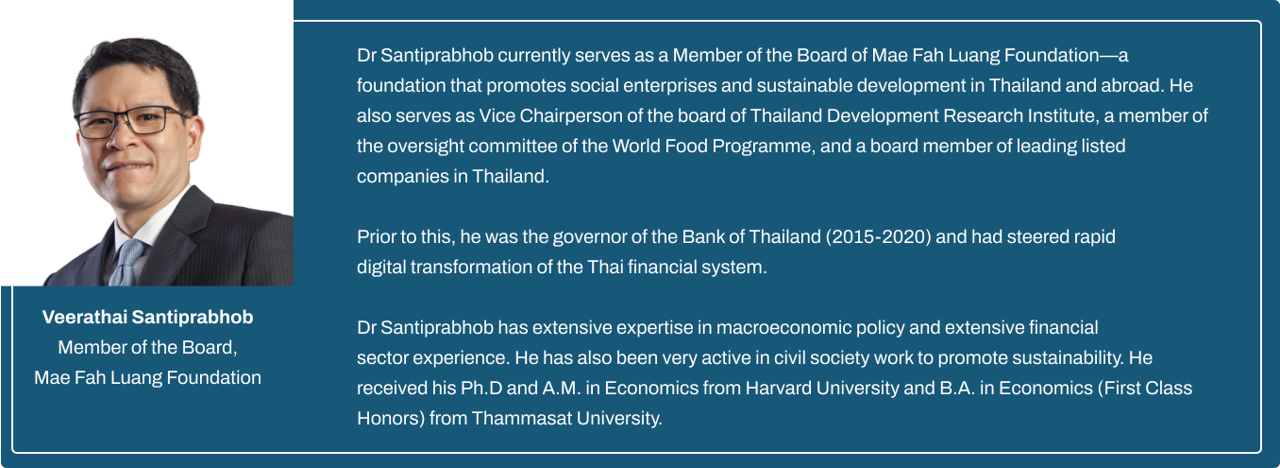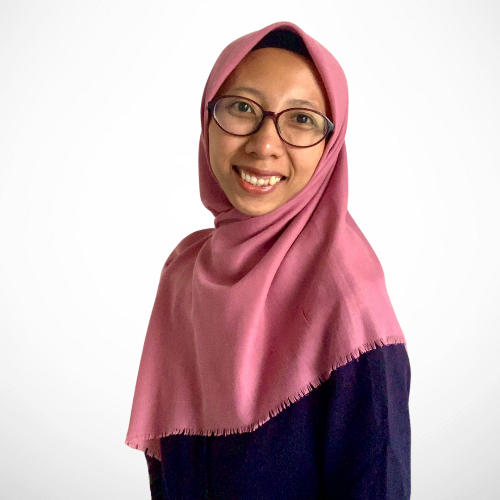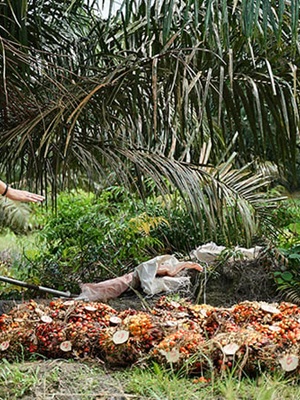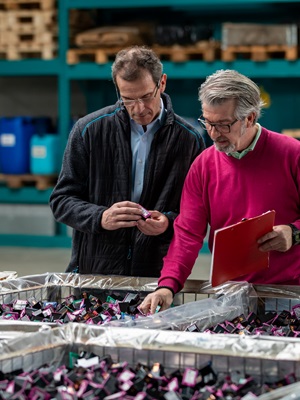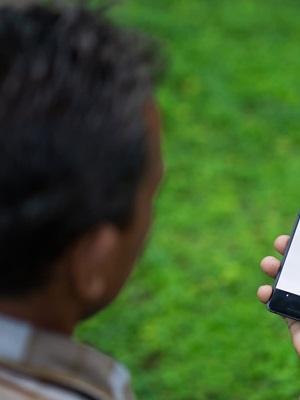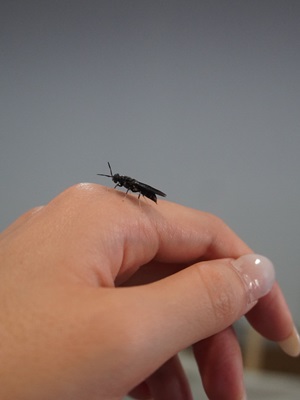The Reality of Motherhood
As mothers, we face various daily choices, including decisions about caring for and providing for our children's needs. From choosing their food to the diapers they wear, all these choices can significantly impact their health and future. However, we sometimes forget that these choices have other consequences, including their environmental impact.
When I discovered I would be a mother, I began researching the various needs my children would have when they were born. Diapers were one of the essentials on the list, and considering they're worn for a long time, up to two or even three years, I was confident we could financially manage. But then I discovered the unpleasant environmental impact of disposable diapers.
The Disposable Diaper Dilemma
In 2020, the birth rate in Indonesia reached 275.7 million per year. This high birth rate corresponds to the high demand for baby products, including diapers. The most commonly used types of diapers among mothers today are disposable diapers and cloth diapers. However, according to a study conducted in Bandung in 2022, more mothers choose disposable diapers over cloth diapers.
There are many reasons why parents choose disposable diapers, such as convenience, time-saving, absorbency, accessibility, and alignment with modern, fast-paced lifestyles. However, behind all these conveniences lies a potentially harmful impact of using disposable diapers.
From a health perspective, using disposable diapers can lead to rashes and skin irritation for babies. Extended use of diapers can increase skin moisture and become a breeding ground for bacteria. In some cases, irritation can be managed with rash creams, but in certain instances, it can lead to conditions like Toxic Shock Syndrome (TSS) if pathogenic bacteria grow. Another issue is that when disposing of disposable diapers, there's a risk of spreading pathogens from the solid waste.
Disposable diapers typically consist of several layers, including an inner protective layer, an absorbent core layer, and a plastic outer layer. These layers are made from polymers (such as Propylene and Polyethylene) and absorbent materials like wood pulp and super-absorbent polymers (SAP). Simply put, more than 50% of the materials in disposable diapers are plastic. Currently, in Indonesia, disposable diapers are disposed of with household waste, which means they mostly end up in landfills or enter water systems like rivers and oceans. A 2018 World Bank report even states that 21% of urban waterway waste in Indonesia consists of disposable diapers. It is a severe problem because, besides taking hundreds of years to decompose, plastic waste in waterways can become microplastics and contaminate water.
Cloth Diaper
As working parents-to-be, my partner and I initially felt that disposable diapers were the right choice. Like millions of other parents, we leaned towards options that were less troublesome and would save us time. But it didn't feel right to choose an option that might be convenient for me now but could have adverse effects in the future. After much consideration, we agreed to use cloth diapers instead of disposable ones.
Cloth diapers are a more sustainable alternative because they can be washed and reused, and they can last 5-7 years with proper care. The materials used in cloth diapers, such as cotton, bamboo, and hemp, are renewable resources. Meanwhile, the outer layer is typically made of polyester net coated with polyurethane (PUL) to provide leak-proof properties and quick drying when hung out to dry.
Understanding Cloth Diapering
Many parents consider using cloth diapers troublesome. Apart from needing time to wash and care for cloth diapers, parents also often worry about their child feeling uncomfortable using them and the cost, which can be quite high when initially purchasing them.
Since first learning about cloth diapers in 2021 and using them for my child for almost two years, I concluded that parents' doubts about cloth diapers are understandable. Being the Director of the Mamaberclodi Community also allowed me to witness various other confusions experienced by parents. This worry often acts as a barrier for parents to use cloth diapers, so instead of knowing the adverse effects of disposable diapers, they continue to use them because they think using cloth diapers is difficult.
Therefore, since 2021, we at the Mamaberclodi Community have provided access to information for prospective parents and parents who want to use cloth diapers. We provide free access for parents to learn about choosing the correct cloth diaper according to their needs and how to do daily care that doesn't interfere with parents' other activities. By providing a community of cloth diaper users, we encourage members, mostly mothers, to support each other.
At the heart of the cloth diapering movement lies empowerment. By choosing cloth diapers, mothers actively shape a more sustainable future for their children. Moreover, they become part of a supportive community that shares knowledge, resources, and experiences. As mothers, we have the power to effect change, starting with the choices we make in our daily lives.
The journey of parenthood is always filled with decisions, each carrying its weight of significance. Regarding diapering, the choice between disposable and cloth diapers holds far-reaching implications for our children and the planet they will inherit. By understanding our options and embracing cloth diapers as a sustainable alternative, we embark on a path of conscious parenting that prioritizes the well-being of our children and the environment.
Literature:
Agestika, L., Sintawardani, N., Hamidah, U., Nyambe, S., & Yamauchi, T. (2022). Pattern of child faeces management and disposable diaper usage among under-fives in an Urban Slum of Bandung, Indonesia. Journal of Water Sanitation and Hygiene for Development, 12 (1), 32–40. https://doi.org/10.2166/washdev.2021.099
Badan Pusat Statistik. (2020). Proyeksi Penduduk Indonesia 2020–2050 Hasil Sensus Penduduk 2020.
Melati, DA. & Na’im FN. (2023). Online community impact to reduce diaper waste in Indonesia (study case at mamaberclodi community). Interaction, Community Engagement, and Social Environment, 1(1), 52-66. https://doi.org/10.61511/icese.v1i1.2023.248
Moelyaningrum, A. D. (2018). Persepsi Ibu Terhadap Sampah Popok Bayi Sekali Pakai dan Manajemen Pengelolaannya. In Prosiding Seminar Nasional Kependudukan," Peran Keilmuan Kesehatan Masyarakat Dalam Pembangunan Kependudukan Pasca MDGs. , 1–10.
Płotka-Wasylka, J., Makoś-Chełstowska, P., Kurowska-Susdorf, A., Treviño, M. J. S., Guzmán,S. Z., Mostafa, H., & Cordella, M. (2022). End-of-life management of single-use baby diapers: Analysis of technical, health and environment aspects. Science of the Total Environment ,836 (March). https://doi.org/10.1016/j.scitotenv.2022.155339
World Bank Group. (2028). Kajian Cepat - Laporan Sintesis Hotspot Sampah Laut di Indonesia.
Posted 20/03/2024
